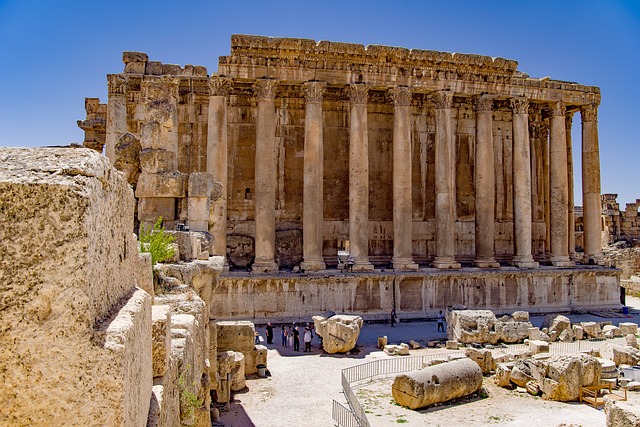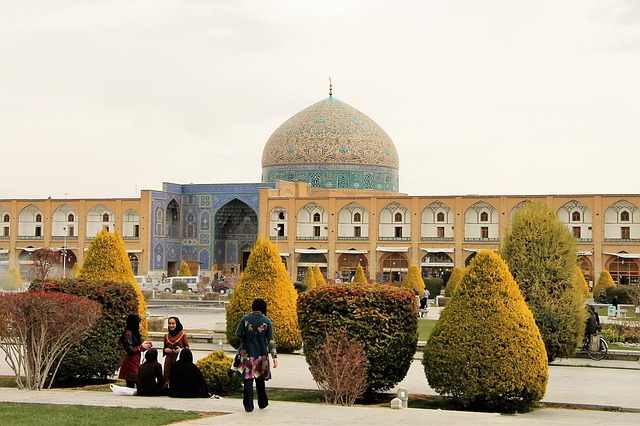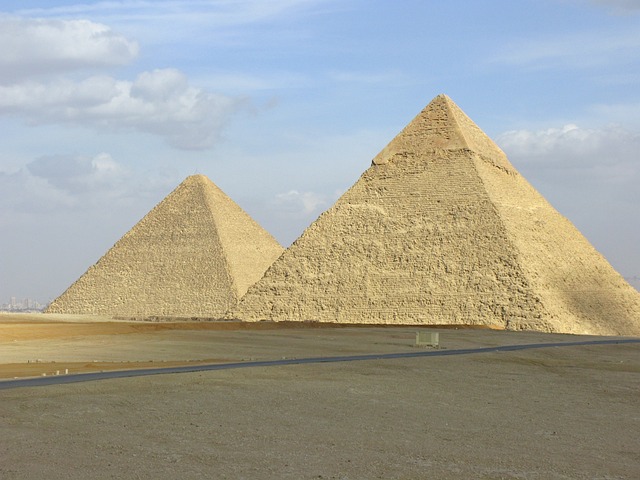Lebanon, a small Mediterranean nation known for its rich history, stunning landscapes, and vibrant culture, is a treasure trove of travel experiences just waiting to be discovered. Among its many historical gems, two sites stand out for their extraordinary significance: Baalbek and Byblos. For Turkish travelers looking to explore the ancient world, these two cities provide a glimpse into Lebanon’s glorious past, showcasing impressive Roman ruins, exceptional architecture, and a deep cultural heritage that intertwines with myth and history.
The Ancient City of Baalbek
A Historical Overview
Baalbek, often referred to as the “City of the Sun,” is one of the most important archaeological sites in the world. Located in the Beqaa Valley, this ancient city has been continuously inhabited for over two millennia. Originally a Phoenician city dedicated to the Sun god, Baalbek later became a prominent Roman settlement, drawing travelers from around the Mediterranean and beyond.
The site’s significance is highlighted by its inclusion as a UNESCO World Heritage Site, an accolade it received in 1984. The ruins at Baalbek are among the most well-preserved and largest Roman ruins outside of Italy, illustrating the grandeur of Roman architecture and engineering.

Key Attractions
The Temple of Jupiter
One of the most awe-inspiring structures in Baalbek is the Temple of Jupiter, which was dedicated to the Roman god of the sky and thunder. Built in the first century AD, its colossal columns, standing over 20 meters tall, create a breathtaking sight against the backdrop of the Beqaa mountains. Visitors are often left in awe of the sheer size and impressive craftsmanship which remains intact to this day. The temple complex also features a well-preserved hexagonal courtyard, which was used for various religious rituals.
The Temple of Bacchus
Another noteworthy site within Baalbek is the Temple of Bacchus, dedicated to the Roman god of wine. Often referred to as the best-preserved Roman temple in the world, Bacchus boasts intricate reliefs and carvings that tell stories of myth and legend. The temple is celebrated for its majestic facade, adorned with detailed sculptures of Bacchus and various Bacchic motifs—grapes, animals, and revelers. This temple, with its dramatic and elaborate design, transports travelers back to a time when these grand worship spaces played a central role in the lives of their inhabitants.
The Roman Acropolis and the Great Court
The Roman Acropolis of Baalbek is a sprawling complex filled with temples, halls, and magnificent terraces. Visitors can stroll through the remains of this ancient site, with its massive stones and impressive architectural arrangements showcasing the skills of Roman builders. The Great Court, which is believed to have hosted administrative and ceremonial activities, further enhances the rich tapestry of Baalbek’s historic significance.
Practical Tips for Visiting Baalbek
- Traveling to Baalbek: From Beirut, Baalbek can be reached via a 1.5 to 2-hour drive. Various taxi services and local excursions are available to facilitate your journey. The road to Baalbek offers beautiful views of the Lebanese countryside—so be sure to keep your camera handy!
- Best Time to Visit: The spring (March to May) and autumn (September to November) are ideal seasons to visit, as the weather is pleasantly mild and conducive for exploration.
- Entrance Fees and Hours: The entrance fee to Baalbek archaeological site is reasonably priced. Local guides are available for hire if you wish to enhance your visit with in-depth knowledge about the site.
Discovering Byblos
A Historical Overview
Located along the coast, just a short drive north of Beirut, Byblos is one of the oldest continuously inhabited cities in the world. Its history dates back over 7,000 years and it holds significant importance in studying Phoenician culture and civilization. Byblos is the birthplace of the alphabet, which laid the foundation for the development of written language across the world.
The city’s rich past is reflected in its UNESCO World Heritage designation and its remarkable combination of historical, archaeological, and cultural artifacts.
Key Attractions
The Byblos Citadel
A visit to Byblos isn’t complete without exploring the Byblos Citadel, which has stood as a sentinel over the city since ancient times. This fortress, built atop layers of ruins from various periods—Canaanite, Phoenician, Roman, and Crusader—offers an incredible insight into the city’s evolving architectural styles. From its towers, visitors can enjoy sweeping views of the Mediterranean Sea and the surrounding landscape, making it a perfect spot for photography enthusiasts.

The Ancient Port and Phoenician Ruins
The tantalizing remnants of the ancient port, where Phoenician ships once sailed to distant lands, can also be visited. Walking along the harbor area, you will come across remnants of temples, columns, and a picturesque promenade that sets the stage for relaxation as you watch the sunset over the sea. The ancient ruins surrounding the area continue to unravel the mysteries of Byblos’ rich heritage.
The Byblos Souk and Old Town
Experience the charm of traditional Lebanese culture by wandering through the narrow streets of Byblos Old Town. The souk (market) is filled with quaint shops selling handmade crafts, jewelry, and local delicacies. Be sure to taste Lebanese treats like fresh falafel, shawarma, and the famous Lebanese mezze, offering a wonderful glimpse into the country’s rich culinary tradition.
Practical Tips for Visiting Byblos
- Traveling to Byblos: Byblos is conveniently accessible via a bus ride or taxi from Beirut. The journey takes approximately 40 minutes, making it an easy day trip from the capital.
- Best Time to Visit: Similar to Baalbek, the best time to explore Byblos is during the spring and autumn months when the weather is favorable for outdoor activities.
- Entrance Fees and Tours: There are entry fees for some archaeological sites in Byblos. Consider hiring a local guide to appreciate the city’s history fully.
Baalbek and Byblos offer a fascinating glimpse into Lebanon’s ancient past, and they are ideal destinations for Turkish travelers seeking unique historical and cultural experiences. Whether you’re marveling at the stone behemoths in Baalbek or strolling along the charming alleys of Byblos, each moment spent in these cities enhances your appreciation for the rich tapestry of human civilization that Lebanon has to offer.
So pack your bags and prepare for an adventure through time! Whether you cherish architecture, history, or simply want to enjoy the enchanting beauty of the Mediterranean, Baalbek and Byblos promise an unforgettable journey.






Good day very nice web site!! Man .. Excellent .. Amazing .. I will bookmark your website and take the feeds also?KI’m happy to find numerous helpful information right here within the submit, we want work out extra strategies in this regard, thank you for sharing. . . . . .